Welcome to the world where music technology is evolving, and digital pianos are redefining our musical experiences. We’re going to dive into the engaging exploration of Roland’s new contender in its popular RP series—the much-anticipated Roland RP30 Digital Piano.
The latest offering from renowned music equipment manufacturer Roland—RP30—is indeed setting a new standard in the digital piano market.
Packed with an impressive array of features like a touch-sensitive ivory feel keyboard, three types of pedals for versatile tone control, built-in powerful speakers, and maximum polyphony options, it emerges as a promising choice for both entry-level learners and seasoned pros.
| Feature | Description |
|---|---|
| Keyboard | 88 keys (Ivory Feel Keyboard with escapement) |
| Touch Sensitivity | 3 types, fixed touch |
| Keyboard Mode | Whole Dual |
| Pedals | Damper (Pedal switch), Soft (Pedal switch), Sostenuto (Pedal switch) |
| Sound Generator | Roland Piano Sounds |
| Max. Polyphony | 128 voices |
| Tones | 15 Tones |
| Master Tuning | 415.3–466.2 Hz (adjustable in increments of 0.1 Hz) |
| Transpose | Key Transpose: -6–+5 (in semitones) |
| Effects | Master EQ: 3 types, Reverb: Off, 4 types, Chorus: Off, 4 types |
| Metronome | Tempo: Quarter note = 30–280 , Beat: Volume :/0/4,2/4 ,3/4 ,4/4 ,5/4 ,6/4,: /0–10 levels |
Roland RP30 Digital Piano: A Quick Overview
The Roland RP30 Digital Piano offers an exceptional playing experience with its 88 keys featuring an Ivory Feel and Escapement, providing a realistic touch similar to acoustic pianos.
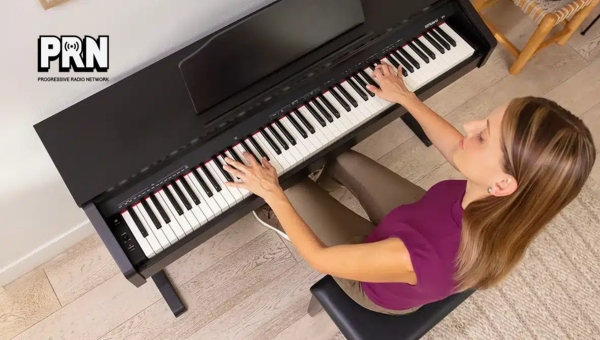
This model includes three types of touch sensitivity and multiple keyboard modes, allowing for versatile play styles. It is also equipped with a damper, soft, and sostenuto pedals to accommodate expressive performances.
This digital piano boasts advanced sound generation with a maximum polyphony of 128 voices and includes 15 distinct tones.
Users can fine-tune their performances with adjustable master tuning and transposition options. Additional features such as a built-in metronome with various beat settings and adjustable tempo make the Roland RP30 an excellent choice for both practice sessions and performance preparation.
Also Read: JBL 305P Mk2 Review: The Perfect Studio Monitor?
Keyboard
A critical aspect that amplifies my affinity for the Roland RP30 is its astounding 88-key Ivory Feel Keyboard with escapement. This particular design gives an excellent response suitable for complex classical pieces and simple melodies alike.
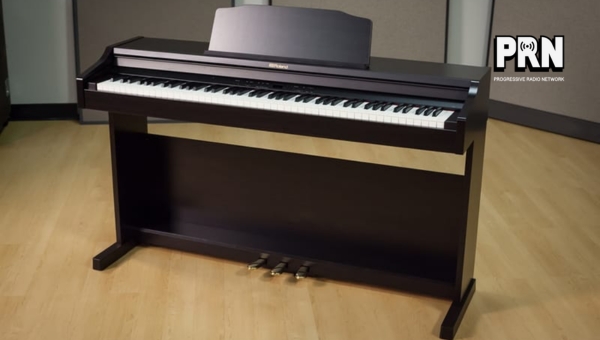
I’ve found that even practicing scales on this keyboard has become an enjoyable experience! Here are some benefits you get:
- Authentic Ivory Feel: Known for their traditional touch, authentic ivory keys are a dream come true for any pianist, offering enhanced grip and moisture absorption.
- Escapement Feature: Mimicking an acoustic piano, there’s a subtle ‘clicking’ sensation when keys are pressed halfway down – great for controlling dynamics.
- 88 Keys: Being full-sized ensures that it satisfies professional requirements while also serving as a viable learning tool.
Pedals
Understanding the role of pedals in orchestrating tones and enhancing musical experiences is key when articulating my exploration with the Roland RP30. Astonishingly equipped with three pedals – Damper (Pedal switch), Soft (Pedal switch), and Sostenuto (Pedal switch), here’s what they do:
- Damper Pedal: Helps elongate the sound and create overlapping tones by softly lifting off dampers from strings.
- Soft Pedal: Quietens sound offering softer emotional depth – also modifies timbre subtly!
- Sostenuto Pedal: Let some notes sustain while others don’t; perfect for complex passages.
These pedals helped me deliver expressive performances honed comfortably towards various musical requirements, thereby expanding the piano’s overall versatility.
Sound Generator
The ‘beating heart’ of any digital piano for me has always been its sound generator. When I first played the Roland RP30, it was clear that its distinctive Roland Piano Sounds lived up to this belief.
This sound engine is dedicated to reproducing acoustic grand piano tones, replete with natural resonance and decay characteristics. In addition to this beautiful reproduction of grand piano sounds, it also provides:
- Max Polyphony: A high polyphony count of 128 voices ensures no note gets ‘dropped’ when playing complex pieces.
- Varied Tones: A touch of diversity with 15 distinct tones providing plenty of variety for experimenting.
- Adjustable Master Tuning: Flexibility in tuning between 415.3–466.2 Hz allows for historical performances or matching other instruments.
Also Read: M-Audio BX5 D3 Review: Small But Mighty Studio Monitor
Touch Sensitivity
I am particularly impressed with how personalizable the playing experience is on this digital piano. One way to customize your play is through its touch sensitivity. The Roland RP30 offers three types of touch sensitivity (plus a fixed option). This allows you to adjust how responsive the keys are when you press them.
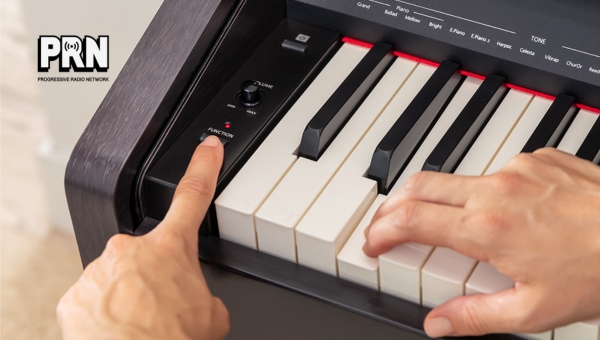
I can’t stress how valuable having control over this feature is. It can greatly enhance your performance by ensuring that every keystroke yields a volume that best reflects your artistic intention or feeling in the moment.
Another way to personalize your playing experience is by tweaking keyboard modes. Whole Dual–two words that may mean nothing to budding pianists but are music to experienced players’ ears! Having both options opens exciting possibilities that were once only available in more costly models.
Polyphony, Tones, and Master Tuning
One of the key components of any digital piano that significantly shapes its sound quality and versatility is maximum polyphony. The Roland RP30 boasts an impressive maximum polyphony of 128 voices. What does this mean? It’s the number of individual notes or tones that can be played simultaneously without dropping out. A bigger number means more complex and rich sounds can be produced.
Next up are tones on my review list. This piano comes loaded with a variety of 15 different tones! So much more than just basic piano sounds, these give you a world full of possibilities at your fingertips! You can experiment with different musical nuances or genres to truly make a piece your own.
Finally, let’s talk about master tuning. This may sound technical but all it means is how high or low (sharp or flat) the overall pitch level is when you play on your keyboard. For those who cherish minute details in their performance, this feature allows you to adjust master tuning from 415.3-466.2 Hz which is incredibly precise!
So as we break down these crucial factors: maximum polyphony delivers powerful depth in music composition, flexible tone options inspire creativity and precision tuning caters to professionals – we’re getting clear pointers that the Roland RP30 not only meets expectations but provides extensive utility for both novices and experienced players alike.
Also Read: Comprehensive Mackie CR3-X Review: Your Guide to Quality Sound
Connectivity
The versatility and flexibility of a digital piano can vastly impact the user experience, making it a quintessential consideration point for buyers. When I set my sights on the Roland RP30, its robust connectivity framework was one of the standout aspects.
Firstly, this resilient beast features an array of connectors which are simply impressive. Whether you want to plug in headphones (it has two ports for that) or intend to connect it to your computer through a USB port – Roland got you covered!
Secondly, it houses various jack points in its structure such as the DC In jack and Input/output jacks (all 1/4-inch phone type). These allow users to connect other devices bringing more diversity into your playing and recording possibilities.
In essence, all these connectivity options mean that whether you’re practicing alone with headphones or performing live using different sound systems or gadgets, Roland RP30 won’t let you down. The convenience offered by these broad-ranging connections truly adds many layers of versatility.
It’s no wonder then that when we talk about adaptability and customizable experiences in digital pianos – Roland’s RP30 becomes a reference point!
Pros And Cons
| Pros | Cons |
|---|---|
| Authentic 88-key Ivory Feel Keyboard | Limited number of tones (15) |
| Adjustable touch sensitivity | No advanced connectivity options |
| Versatile pedal setup | Not ideal for professional use |
| High maximum polyphony (128 voices) | Fixed master EQ types |
| Wide range of tuning adjustments |
Conclusion
After carefully examining the Roland RP30, I believe it poses a unique combination of classical appeal and modern technology. All the features are tailored to help users bring out the best in their performances, from its top-tier keyboard design to its versatile tone control through pedals.
The sound generator ensures pristine piano tones that enhance any piece. Moreover, the Roland RP30 offers many customization options for perfecting your play while ensuring easy connectivity for added versatility.
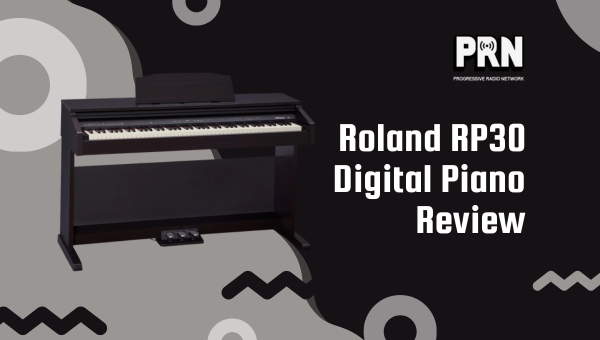
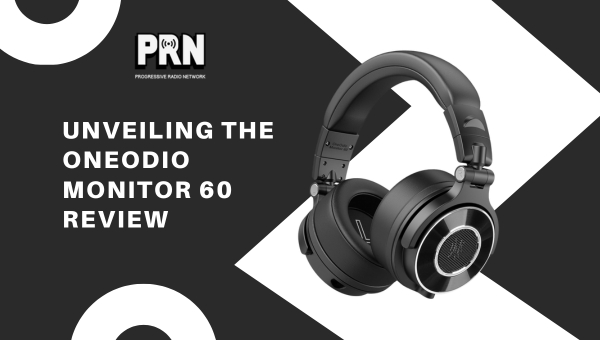
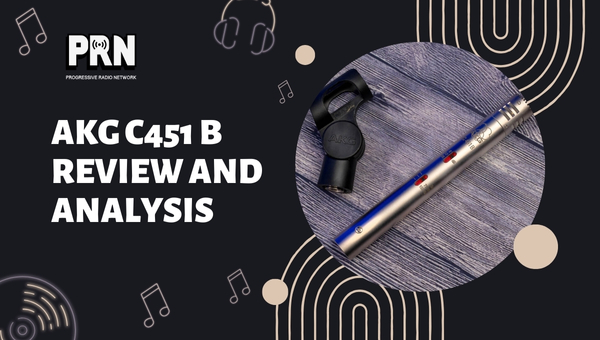
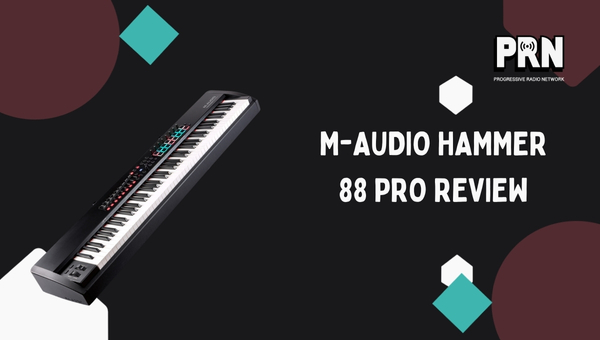
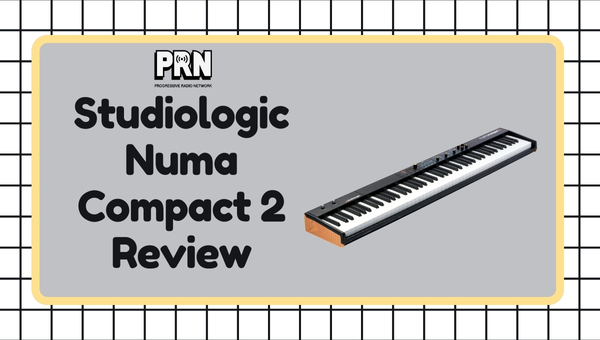
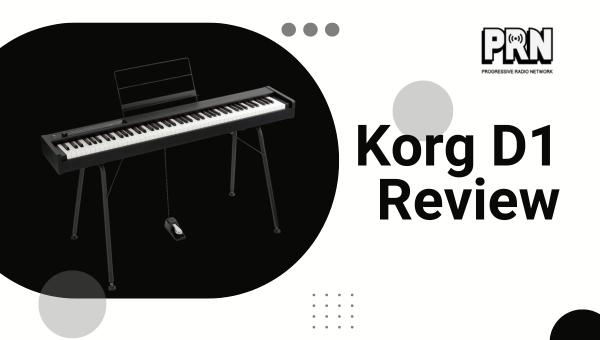
Leave a Comment